The big wet has had little impact on Mangrove Creek dam levels
Chittaway and surrounding suburbs were flooded for days but sadly the same level of run-off never reached our biggest dam. Here’s why.
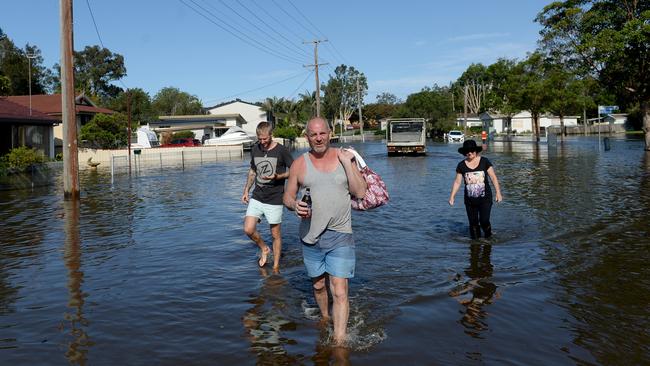
Central Coast
Don't miss out on the headlines from Central Coast. Followed categories will be added to My News.
The location of Mangrove Creek Dam has long been the subject of an urban myth that it was put in the wrong spot.
And now, thanks to a dodgy rain meter on one of the wettest days in over a decade, we may never know.
But there is something very curious about our region’s water storage levels, according to at least one resident who says the data “just doesn’t add up”.
Sydney’s largest water supply Warragamba Dam skyrocketed from just 41.8 per cent to 75.1 per cent after 399mm of rain fell across its catchment since the recent storm event hit the east coast on February 7.
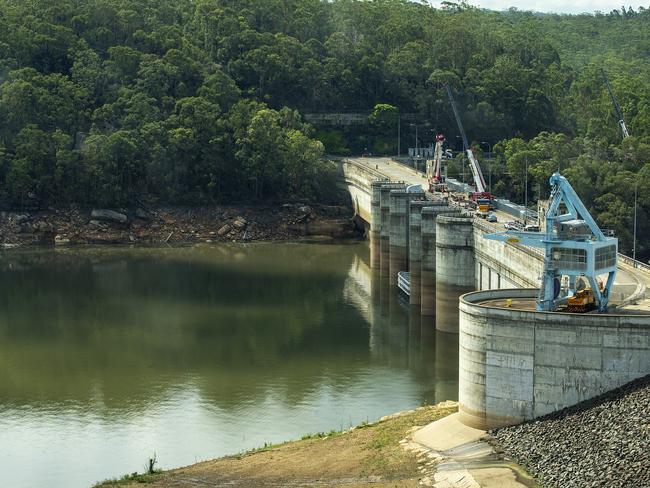
It has since risen to 80.8 per cent after copping another 80.6mm of rain last week and now the massive 2,027,000ML dam is at 1,637,937ML capacity.
Chichester Dam in the Hunter Valley is bursting at full capacity after it shot up 62.8 per cent following the recent rains.
But to be fair the 18,356ML dam is only tiny by comparison.
The two closest weather stations recorded 203.2mm of rain for the month at Lostock (some 66km away by car) and just 39mm at Paterson, a 52km drive south of the dam.
At 182,305ML capacity Grahamstown Dam, also in the Hunter Valley, is more comparable to Mangrove Creek with a capacity of 190,000ML.
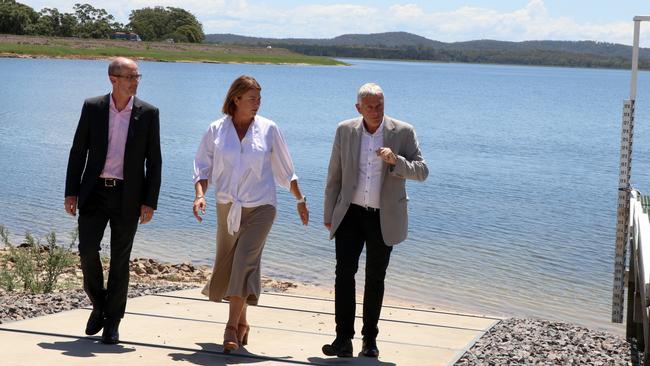
It has gone up 4.6 per cent but only saw 153mm of rain since the start of the month, with it’s biggest fall of 66mm on Sunday, February 9.
Mangrove Creek Dam has gone up a by a fraction more than Grahamstown at 4.73 per cent.
However it copped 85.4mm of rain on Friday, February 7, and a further 126.4mm on Saturday for a total of 211.8mm.
But on one of the wettest days on Sunday, February 9, the rain gauge at Mangrove Mountain weather station went on the fritz.
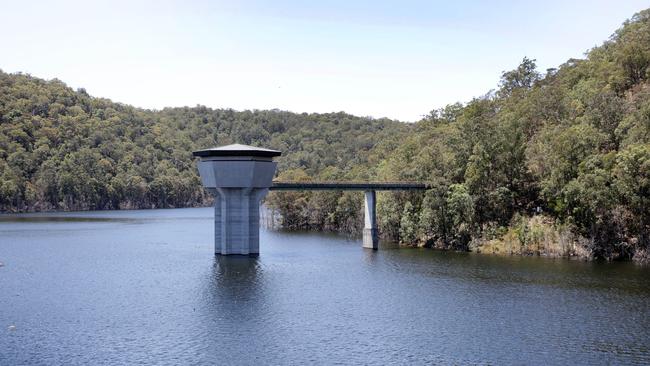
While Gosford recorded 57.8mm of rain on the Sunday followed by a stonking 117.4mm on the Monday, and Norah Head posted strong rainfall figures of 45.8mm and 72mm for both days respectively, the faulty sensor at Mangrove Mountain recorded 0mm.
The rub, however, appears to lie in the various dams’ catchment areas.
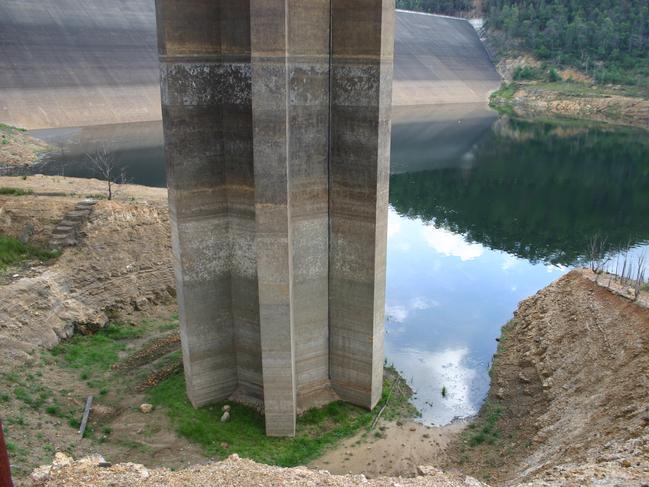
Warragamba, at 10 times the capacity of Mangrove Creek, has a catchment area of 9051sq km, which is nearly 90 times the catchment area of Mangrove Creek’s 101sq km.
Similarly this could explain why Grahamstown Dam also only posted a mediocre increase given its catchment is of a similar size at 97sq km.
The tiny dam of Chichester on the other hand has nearly double the catchment area of 197sq km.
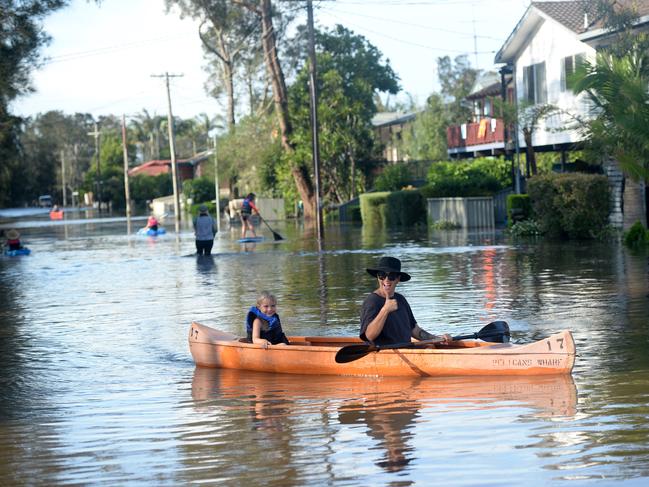
So perhaps the urban myth has a bit of truth behind it but given the rain gauge at Mangrove Mountain weather station dropped out — more than likely because of the inclement weather — we may have to wait for another once in a decade storm to find out.
Meanwhile Central Coast Council has lifted the trigger point for the introduction of Level 1 water restrictions from Mangrove Creek Dam being at 52 per cent capacity to 55 per cent.

